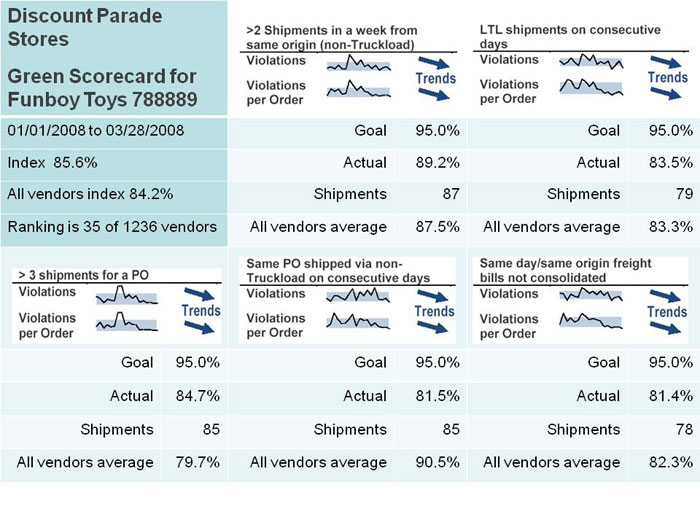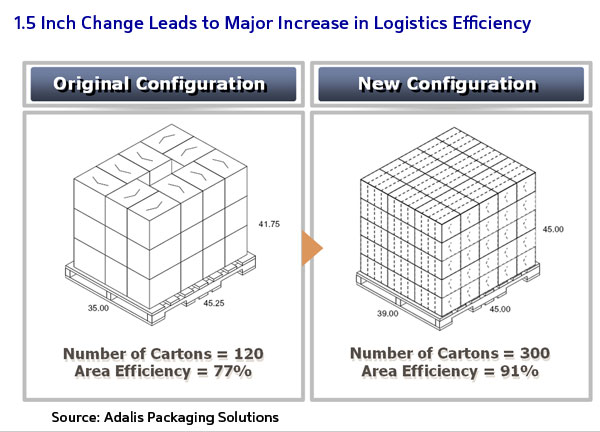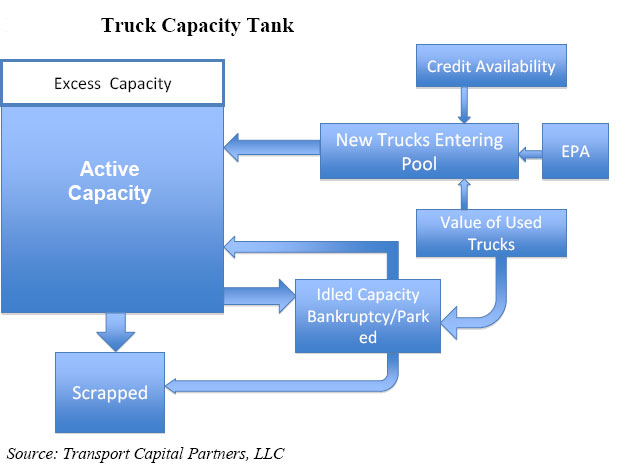 [www.laneyduke.com]
[www.laneyduke.com]Ever since we start to realize nothing in this world is perfect, we have been convinced that perfection is unachievable and only the goal to aim to. However, in supply chain world, an order will be fulfilled perfectly provided that it meets the following common criteria:
- On-time
- Complete
- Damage Free
- Correctly “documented”
Well, it does not seem so hard to accomplish, does it? According to those criteria, would they be the precise metrics to measure whether it is a perfect order? Interesting enough. Here is some gray areas as a matter of fact.
"There are some important questions. For example, some use whether the order was shipped on-time rather than delivered on-time in their calculations. While we could say this is an out-of-date view of things, the reality is that there are many things often outside of the shipper's control – like not being able to secure a appointment at the retailer’s DC consistent with the stated delivery date – that can really mess up the metric.
At one point, Hershey Foods only considered an order “perfect” (in addition to the other attributes) if it was received/entered into its order management system once and then not touched again. I am not sure if they are still looking at Perfect Order that way, but it played havoc on the achievement scores, as you can imagine.
...
“Documentation” is also an issue. First, documentation can mean many things, including invoices, shipping manifests, bar code labeling, carton contents labeling, advanced ship notices, and even now RFID tagging, I suppose. Of course, customer requirements for these and other “documents” vary dramatically between industries and individual customers.
The great challenge, of course, in achieving the Perfect Order is its binary nature. In theory, if you were supposed to ship 10,000 widgets and you can only ship 9,999, the order isn’t perfect – so you get a big Zero for that particular shipment. So, the chances of actually achieving a Perfect Order can be very small."
The conclusion is ... how perfect do you want to be?
"There is a cost to be perfect, and above a given level of perfectness, it actually starts to reduce profit. Where do you draw the line? That’s part of the real rub. You certainly could (and some do) model those trade-offs (including estimates of the revenue and margin lift from increasing perfectness of service). Some companies simply strive for higher levels of service than financially optimal in the short term in the hope of long-term customer satisfaction and market share."






